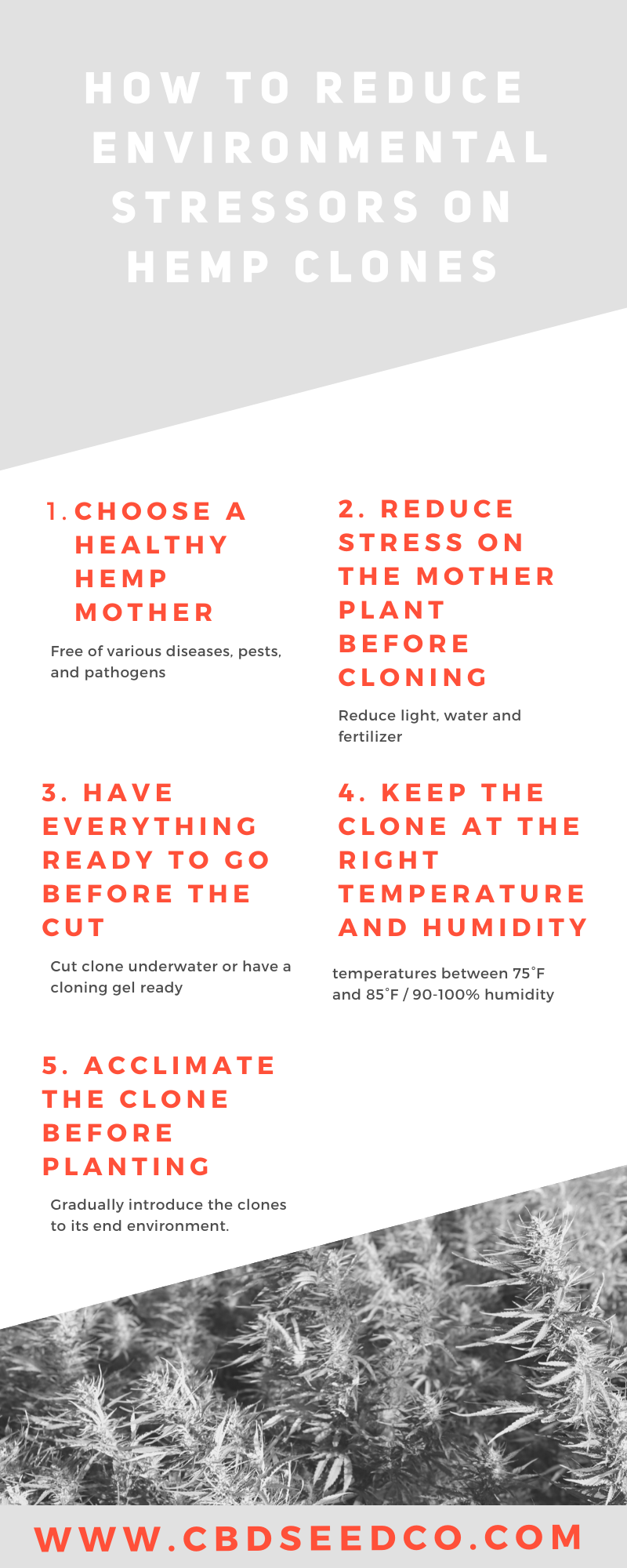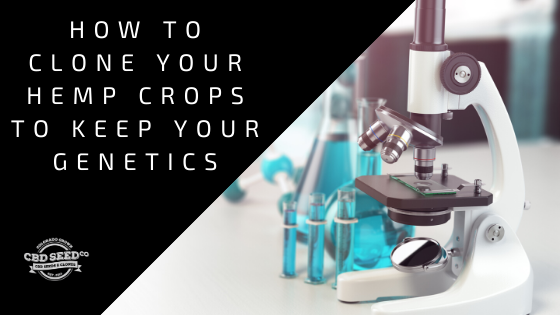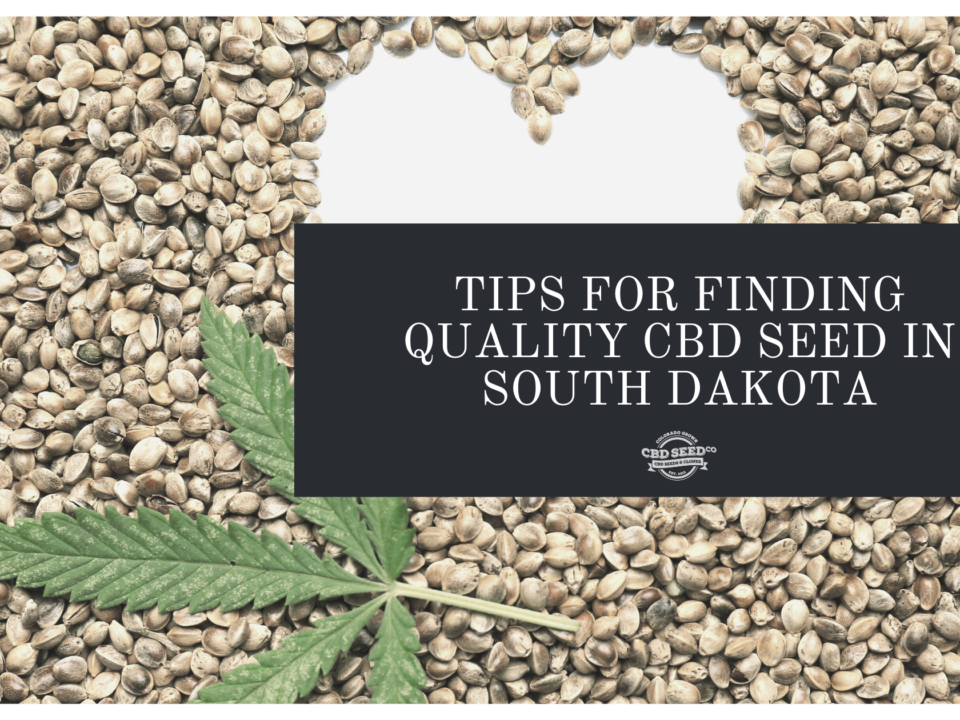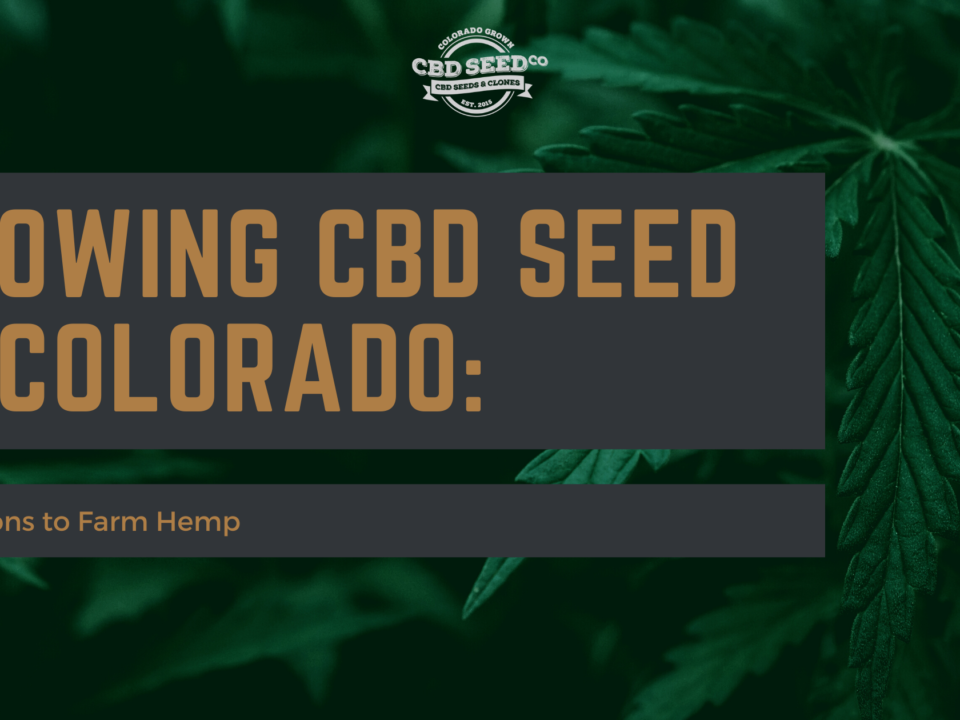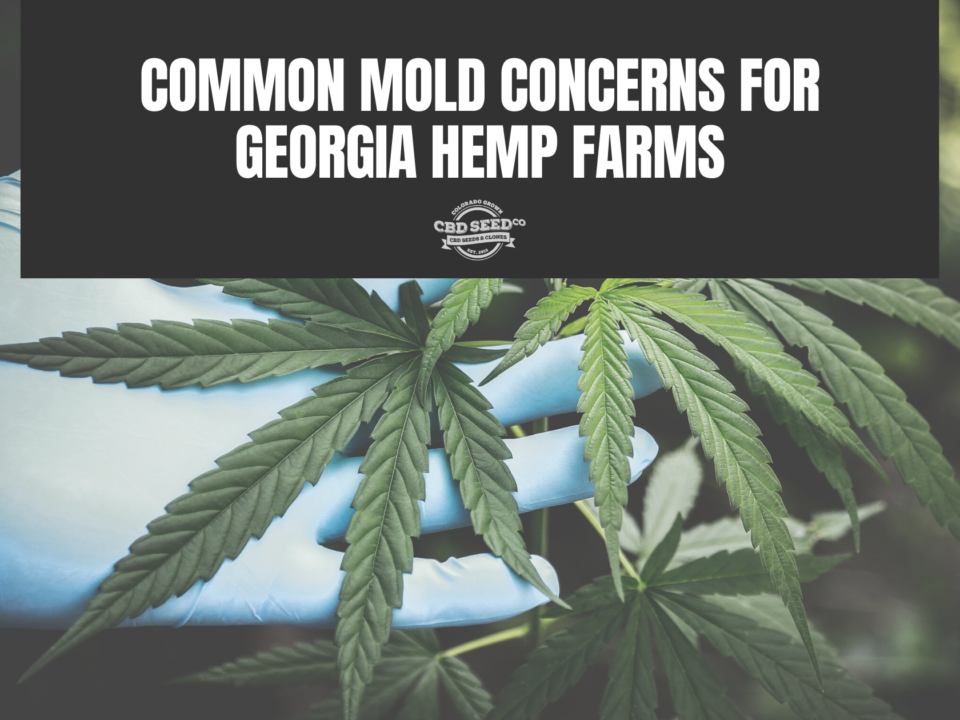How to Clone Your Hemp Crops to Keep Your Genetics

Hemp Is a Hyperaccumulator & Needs to Be Tested
January 2, 2020
5 Benefits of Feminized CBD Hemp Seeds
February 3, 2020Finding a seed that produces just the right hemp harvest on your farm requires a significant time and money investment. It also requires a lot of trial and error. Whether it is a hemp plant that flowers at the right time for your growing season, produces massive yields or simply loves the soil you grow it in–once you find a winner you are going to want to stick with it. Cloning may be the best option to preserve and propagate favorable outcomes once you find them.
What is a hemp clone?
A cloned hemp plant is an exact genetic replica of the mother plant from which it was cut. This means not only are the genetics the same but, the cellular age of the plant is the same as well. Meaning a clone clipped from a 6-week old plant is also 6 weeks old. In a vacuum scenario–when the clone is placed in an identical growing environment–the cloned hemp plant will:
- Have the same CBD concentration
- Yield the same mass per acre
- Take the same amount of time to grow
- Produce the same flower set
However, conditions are very rarely, if ever, the exact same for mother and clone. As it were, the process of cloning runs the risks of introducing stressors to a clone. These stressors influence the clone’s quality and genetic expression. Therefore, when trying to keep the genetic expression of identical clone genes you must reduce environmental stressors as much as you can. This begins even before a clone is cut and runs through when the clone is placed in its final home in your hemp field. Clones subjected to different stressors may have drastically different outcomes–even if they are from the same plant–which tells us that controlling these is the key to success.
How to Reduce Hemp Clone Environmental Stressors
Choose A Healthy Hemp Mother: To get the very best clone possible, you must first choose the best mother plant from which to clone a new plant. This means finding a mother plant that is free from various stressors: diseases, pests, and pathogens include. Any negative factors influencing a mother plant will be passed at the time of cloning.
Reduce Stress on The Mother Plant Before Cloning: Much of what we do to make hemp plants grow fast and strong are actually stressors. Things like artificial light, fertilizer and even water must be cut back a bit for a short while before cutting a clone from a mother.
Have Everything Ready To Go Before The Cut: Some hemp growers actually cut their clones in water to reduce stress on both clones and mothers. However, simply having a cloning gel ready and immediately submerging the clone in it has often proved to get just as good of results.
Keep The Clone at The Right Temperature and Humidity: Clones like it warm! In fact, they prefer temperatures between 75°F and 85°F. The absolute ideal temperature is 78°F. Heat mats are a tool you can use to keep clones at a consistent temperature. However, humidity is also a factor. Hemp CBD clones prefer 90-100% humidity. Due to both of these factors, growing clones in their own building–apart from plants with different moisture and temperature needs is essential for clones to come out the best.
Acclimate The Clone Before Planting: Since clones get light 24 hours a day and very few stressors at the beginning of their life–one must be careful when introducing them to their final growing spot. You must do what is called “hardening off” clones to keep the desired genetic quality of the clone. This process involves gradually introducing the plants to its end environment and is key for not shocking the plant.
These are just a few tips on how to allow your clones to reach their genetic potential. For more information on CBD hemp seeds, growing and cloning tips–reach out to us at CBD Seed Co. today. We are always happy to work with you to help make your hemp farming business as successful as possible!
